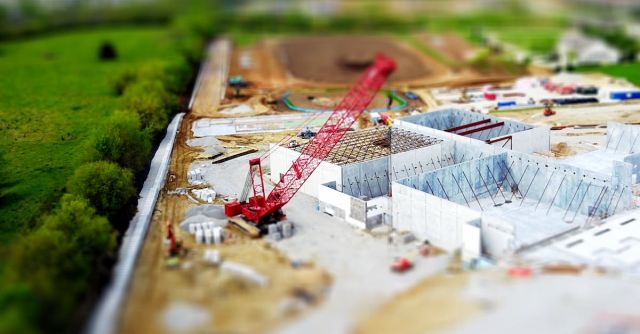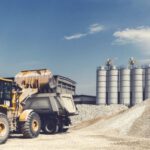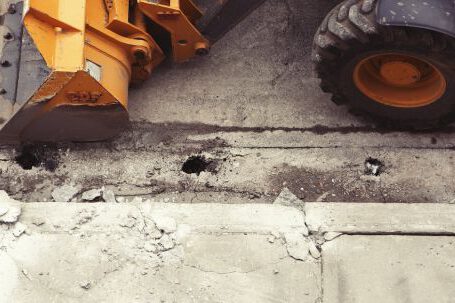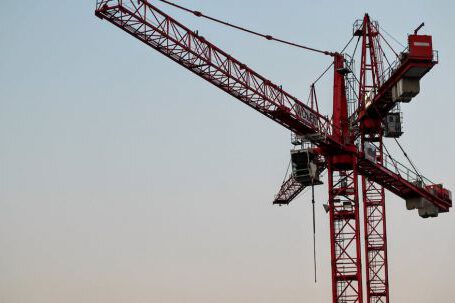The use of cranes and lifting equipment is a common sight in many industries. From building construction to mining, cranes and lifting equipment are essential for a variety of purposes. Despite their ubiquity, many people are largely unaware of the mechanics that govern the operation of these machines. This article aims to provide an understanding of the mechanics of cranes and lifting equipment and how they work.
The Different Types of Cranes and Lifting Equipment
Cranes and lifting equipment come in a wide variety of forms, each with its own unique capabilities and features. The most common types of cranes and lifting equipment are mobile cranes, tower cranes, overhead cranes, gantry cranes, and jib cranes. Mobile cranes are designed with a long arm and can be driven to the desired location. Tower cranes are usually fixed in place and have a vertical boom that can move in a circular motion. Overhead cranes are installed on an overhead runway and are typically used in industrial applications. Gantry cranes are similar to overhead cranes, but they are mounted on a gantry or frame structure. Finally, jib cranes are typically mounted on a wall or column and are used for short-distance lifts and transfers.
The Basics of Crane Mechanics
At the heart of every crane and lifting equipment is a set of mechanical components that allow it to operate. The most basic parts of a crane are the hoist, the boom, and the trolley. The hoist is a motor that is responsible for lifting and lowering the load. It is driven by an electric motor or an engine and is connected to the boom by a series of ropes or cables. The boom is the arm of the crane and consists of several sections that are connected together. The trolley is a wheeled device that moves the load along the boom.
Understanding the Forces at Work
The forces that act upon a crane and its load are what allow it to lift and move the load. The primary force that acts upon a crane is gravity. Gravity pulls the load downward and is countered by the tension in the hoist ropes or cables. The tension in the ropes or cables is increased when the hoist motor is engaged, which creates an upward force that counteracts the weight of the load. Additionally, the boom of the crane is designed to provide the necessary leverage to lift the load.
Safety Considerations
When operating a crane or lifting equipment, safety is of paramount importance. Cranes and lifting equipment can be very dangerous if not operated correctly. It is essential to adhere to the manufacturer’s safety instructions and to ensure that the operator is properly trained and certified. Additionally, it is important to check the crane and its components for wear and tear before use to ensure that it is in proper working order.
Conclusion
Cranes and lifting equipment are essential in many industries, and it is important to understand the mechanics that govern their operation. By understanding the different types of cranes, the components that make up a crane, and the forces that act upon a crane, it is possible to safely and effectively operate a crane and lifting equipment. Additionally, it is important to adhere to the manufacturer’s safety instructions and to ensure that the operator is properly trained and certified. With an understanding of the mechanics of cranes and lifting equipment, it is possible to ensure safe and efficient operation.






